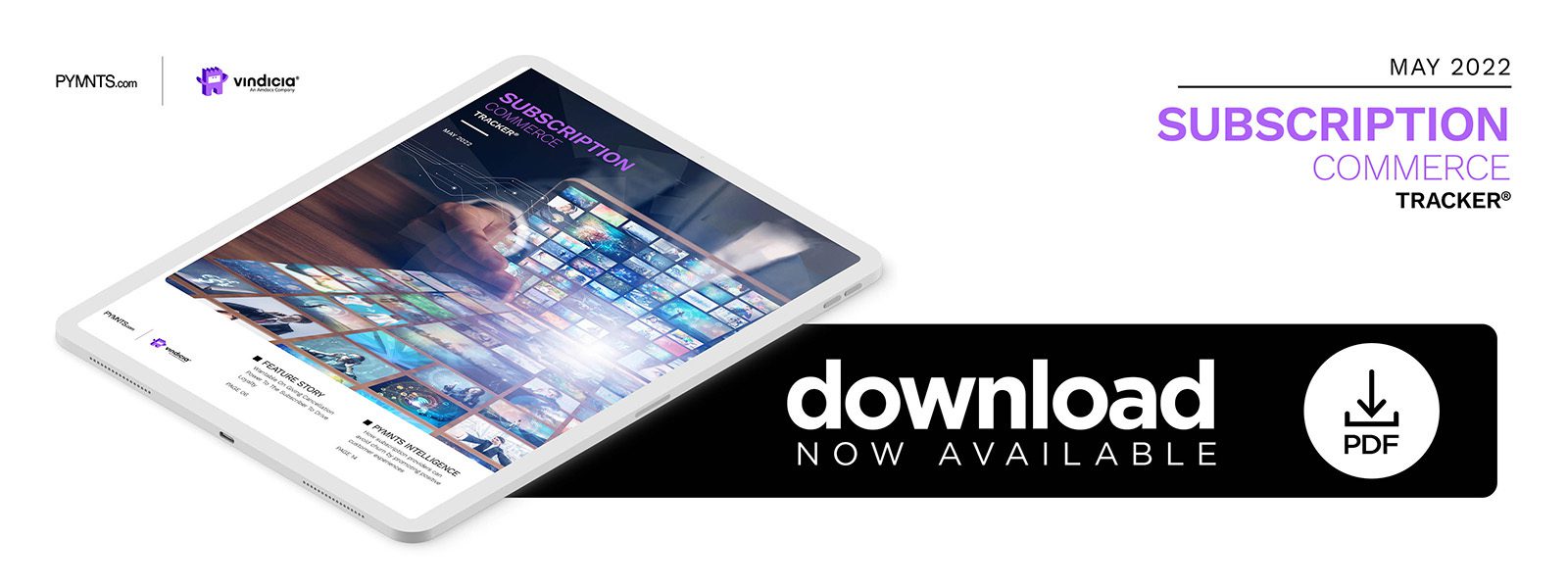Wantable on Giving Cancellation Power to the Subscriber to Drive Loyalty

New findings in this month’s “Subscription Commerce Tracker” show that making it difficult for subscribers to quit may actually backfire on businesses, with Wantable’s Jalem Getz saying “goodwill” goes a long way.
Consumers have an overwhelming amount of choice when it comes to how they stock up their wardrobes. In today’s economy of subscription services, many are opting to trust those decisions to services that will mail them clothes to try on based on their preferences — including new items they might not have tried otherwise.
This type of customer relationship relies on the trust and value that a brand brings to the customer, and while many consumers can be trusting, it only takes a bit of friction in a checkout experience to send a potential or existing customer to a competitor. The success of a subscription-based company can sometimes be determined by its willingness to let customers change their minds — known in the industry as customer churn.
“We invite the churn because we believe in our model intrinsically that customers are going to want to opt out and then come back,” said Jalem Getz, CEO and president of Wantable, a try-before-you-buy online retailer that employs style experts and technology to handpick apparel or active gear based on a customer’s budget, size and style.
“We’re betting that they’re going to come back, so we actually bring down the walls of opting out [of] the subscription and make it much easier,” he said.
Giving Transaction Power to the Customer
It may sound counterintuitive — a company allowing a customer to easily break up with them without pressuring them to stay. Like any relationship, however, Getz said he believes too much pressure to commit and too much effort to try to get someone to stay can scare them off. Sometimes a good look around and trying another service on for size is all that a consumer needs to realize they made a mistake and become a lifelong customer.
“When the customers are going out there, and they’re trimming or they’re assessing their subscriptions, if you’re important enough to the customer, they’re going to keep you around,” he said.
A frictionless experience is what will keep customers coming back for more, he explained, and there are many ways in which a brand can introduce goodwill into a customer’s experience, starting with customer acquisition efforts. Partnering with reputable payment platform options such as PayPal, Shopify or Amazon can give a quality first impression, as can avoiding “tricky” tactics of avoiding cancellations by requiring a time-consuming phone call to a customer service representative rather than a “one-click breakup” process.
“What you’ve done now is [given the customer a chance to say], ‘Yes, I’m going to break up with you, and I’m never, ever coming back, and I’m going to remember this experience when you market to me or I’m talking to my friends,’” Getz said.
Instead, he said he believes that goodwill tactics, such as a credit that customers can use when they decide to return, can lead to a lasting positive impression that makes a subscriber come back for more.
The Future of Subscription Commerce
Getz said he believes subscription commerce is not going anywhere, as customers seem to enjoy the surprise and delight they get from periodic deliveries of items in return for monthly payments. However, companies can learn a lot about their customers’ habits through technology such as artificial intelligence (AI) and predictive analytics and use the information to make for even better experiences that can keep them loyal.
Information gathered about previous orders can help a company determine if a customer is ordering enough of an item to suit their needs, for example, or if they are being refreshed too quickly with recurring orders. This data can also be used to make customers’ lives simpler by providing reminders or asking for feedback. In his company’s case, Getz said he envisions a day when AI may even be used to collect information about calendars and travel plans so that vacation boxes packed with curated items can be sent ahead to a hotel at a customer’s destination, eliminating the need to pack certain items or be limited to high-priced, last-minute purchases.
“When you get in there, you’re going to open up the perfect ideal vacation box with all the perfect items, and if you want to keep them, you do, and if you don’t, you just send them back to us right there,” he said. “[This] is really getting into the DNA of our customers and their consumption habits and making sure that we are there and give them the products before they even know they need the products.”
While reading customers’ minds may be well into the future, AI can help subscription companies get pretty close by tuning in to the needs of their customers while letting them break up with them if they need to. In the end, it may be just what is needed to keep them coming back for more.
